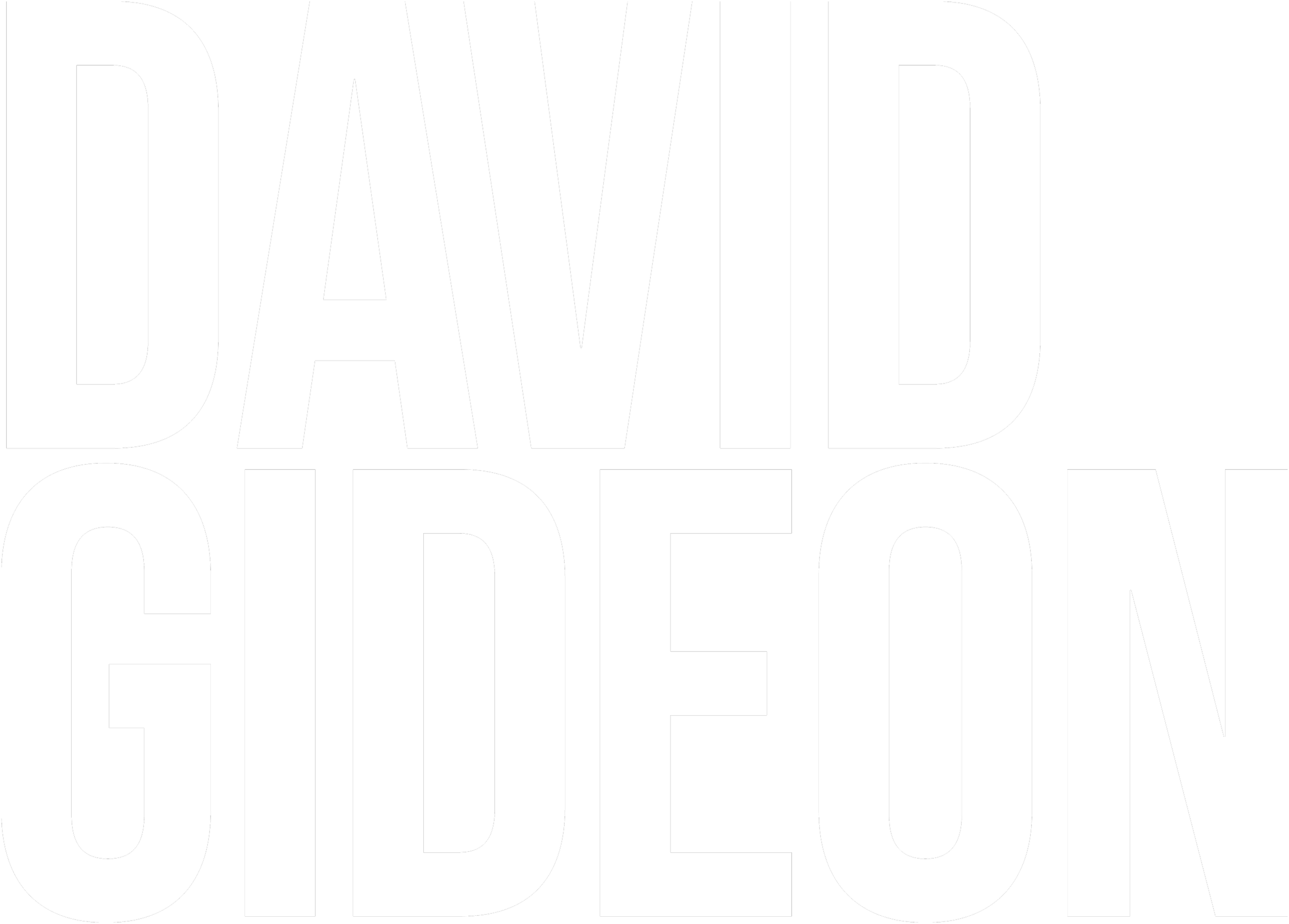The great film star, James Cagney (Mr. Roberts, White Heat, Yankee Doodle Dandy, and sixty-two more films) once said, “Acting is easy. Just look them in the eyes and tell them the truth”. The fact is, for most actors, this is easier said than done. There are many interferences with this simple advice. Habits in the way we perceive dialogue is one of the main things that get in the way of telling the truth. More actors than not agonize over how a particular line “should be said”. The truth is that there is no way that is the right way. Each time an actor speaks, the line must come from the actor’s own sense of truth and living in the moment.
Read MoreWhen I was thinking of what to write about this week, the idea came first and the title came immediately afterwards. Then it struck me that the title covers two separate but equally important topics. Here’s the first, but don’t be surprised if the the same title appears next week. Maybe something like Simple Isn’t Easy.
Read MoreEven during Lee Strasberg’s lifetime, the idea that The Method reached its pinnacle of success with the poetically realistic plays of the ’50s and ’60s was common. It has even been put forth that the shift in theatre towards different structures has made The Method irrelevant or obsolete. Where this began is impossible to track, but it shows a complete lack of understanding as to the very nature of what Lee was teaching in his classes, and sharing at The Actors Studio sessions.
Read MoreArthur Penn was a great director. He was an important member of The Actors Studio who was equally at home in the theatre and on film sets. Best remembered for the Broadway productions of “Two For The Seesaw” and “The Miracle Worker”, and the films “The Miracle Worker”, Bonnie and Clyde”, “Night Moves”, and “Little Big Man”, I remember him best as a vibrant moderator at Actors Studio sessions, and as a co-founder of The Actors Studio Drama School when it was at New School University.
Read MoreConsistency and the ability to repeat are very important elements of acting and the actor’s craft. This is as true for the organic, internally centered Method Actor as it is for an external, representational actor. The main difference is that an external actor tries to imitate and express the same things the same way in each and every performance, while the Method Actor tries to make the same discoveries in every performance. It’s akin to the experiments that take place daily, year in and year out, in high school chemistry classrooms across the world. The experiments are always identical, and the teacher knows in advance exactly how they will turn out, but the results are always brand new to the students. In the case of Method Actors, we must be both teacher and student in exploring and using the elements of our craft. We must know both what to expect so that we make consistent choices, and at the same time discover their affects as if we were experiencing them for the first time.
Read MoreThere are so many examples in literature of the long suffering artist that many forms of creative disfunction have become romanticized. We read of forever drunken writers, coked up dancers (after all dancers have to keep the weight off), stoned actors, painters, and sculptors. And if we believe both literature and the popular press, musicians do it all. Indeed, it is easy to see why so many people believe that to be successfully creative is to function through a haze that would ordinarily stop creativity in its tracks. We are led to believe that this is necessary in order to dull the pain in our souls from which our art flows. Sure, there are those that say that the creative spark is released through these chemicals (more on that in a later blog), but for the most part it is relief from the “pain within” that this is meant to address.
Read MoreEven before I began my studies I had heard stories of The Method’s need to “break an actor down in order to build him/her back up”. This sounded very unappealing and vaguely “cultish”. It actually almost took me in another direction, but after hearing that the other great teachers had similar reputations, I decided to stay with my first choice, Lee Strasberg. I’m eternally grateful that I did, for as with so many other aspects of Lee’s training, there is absolutely NO TRUTH to this myth.
Read More“Just imagine it”, or “just imagine that circumstance”, or ” just imagine that you’re in love with that person”, or “just imagine it’s bitter cold outside, or that you’re the happiest person alive, or you’ve just gotten a dire diagnosis”.
Read MoreFor many years, even when Lee Strasberg was alive, I have heard audiences and critics alike say, “what a great Method Actor” when referring to someone who had actually tried the characters lifestyle as part of their preparation for a role. An actor who partied too hard just to get the feel of a role, or an actor who became harsh and abusive to those around him because that was the nature of the character he was playing.
Read MoreWhen Anthony Hopkins was a guest on “Inside The Actors Studio” he was asked if he still used sense memory work, or any of the other training work, in his acting. His answer was both wonderful and misleading. To paraphrase, he said “no, but I really rely on staying relaxed to let my imagination work”. It was misleading because like any well learned skill, the artisan becomes unaware of how much s/he is relying on using what s/he knows “in her bones”. But it was wonderful because behind and underneath everything we do onstage lies relaxation.
Read More